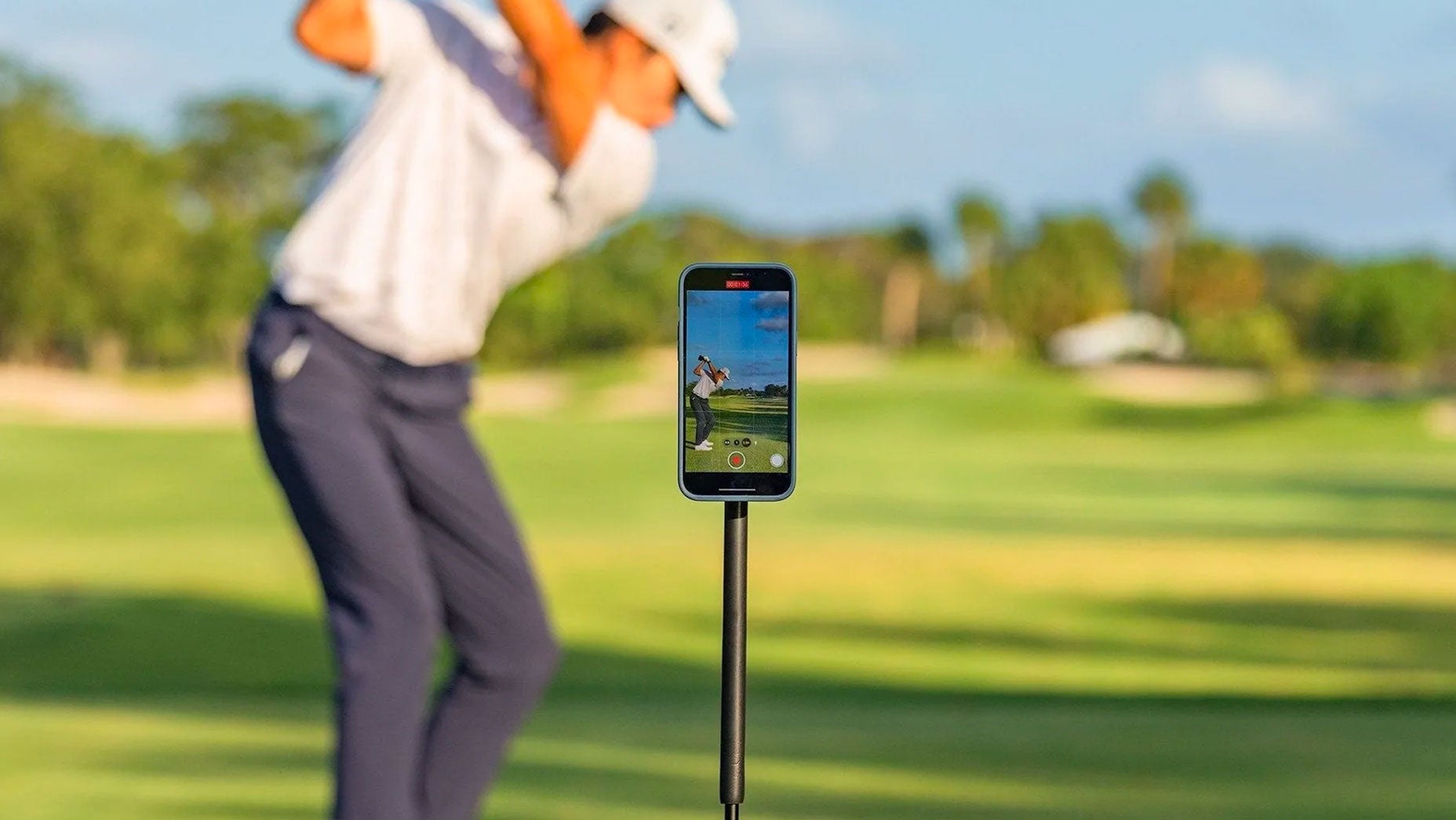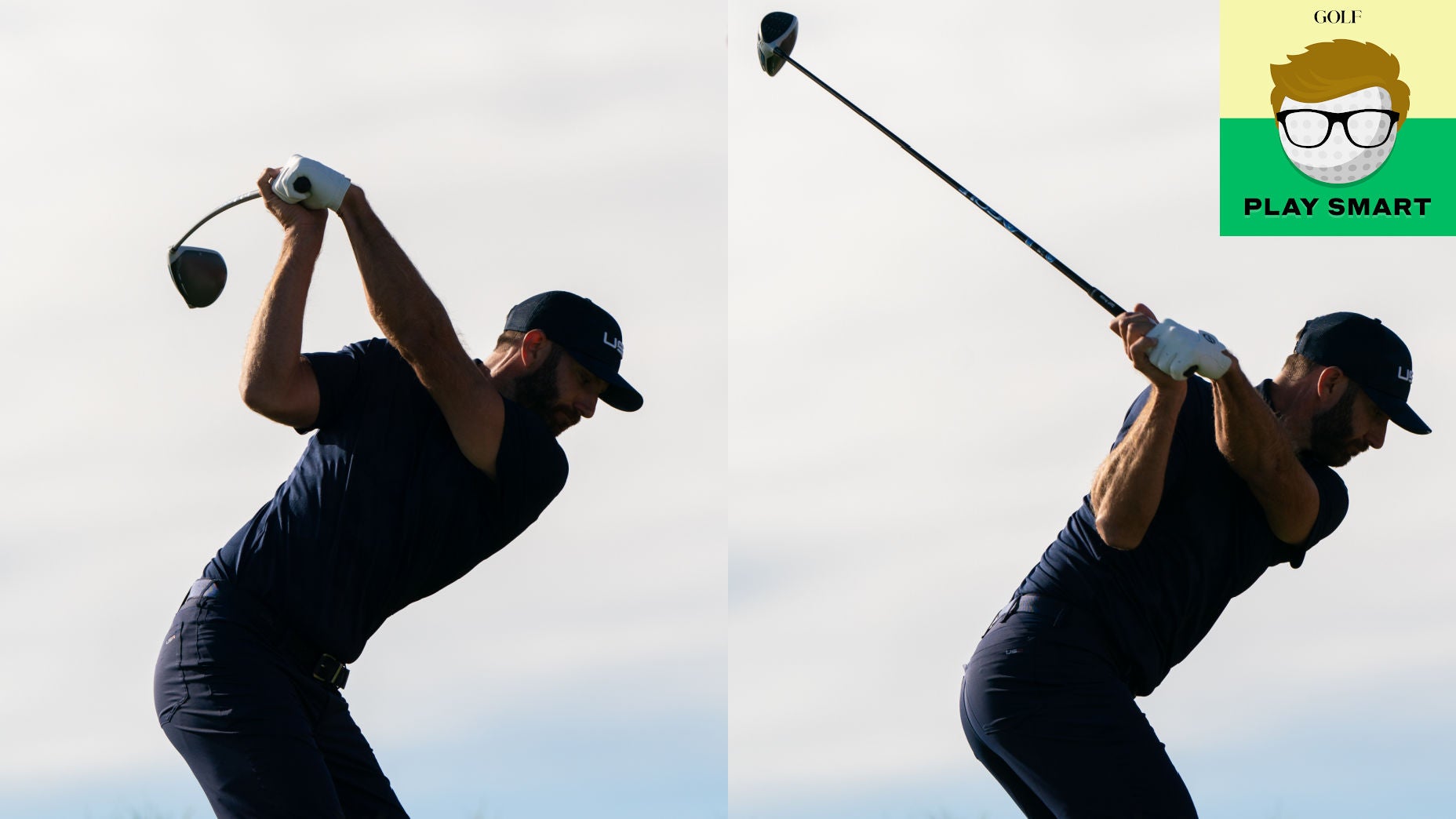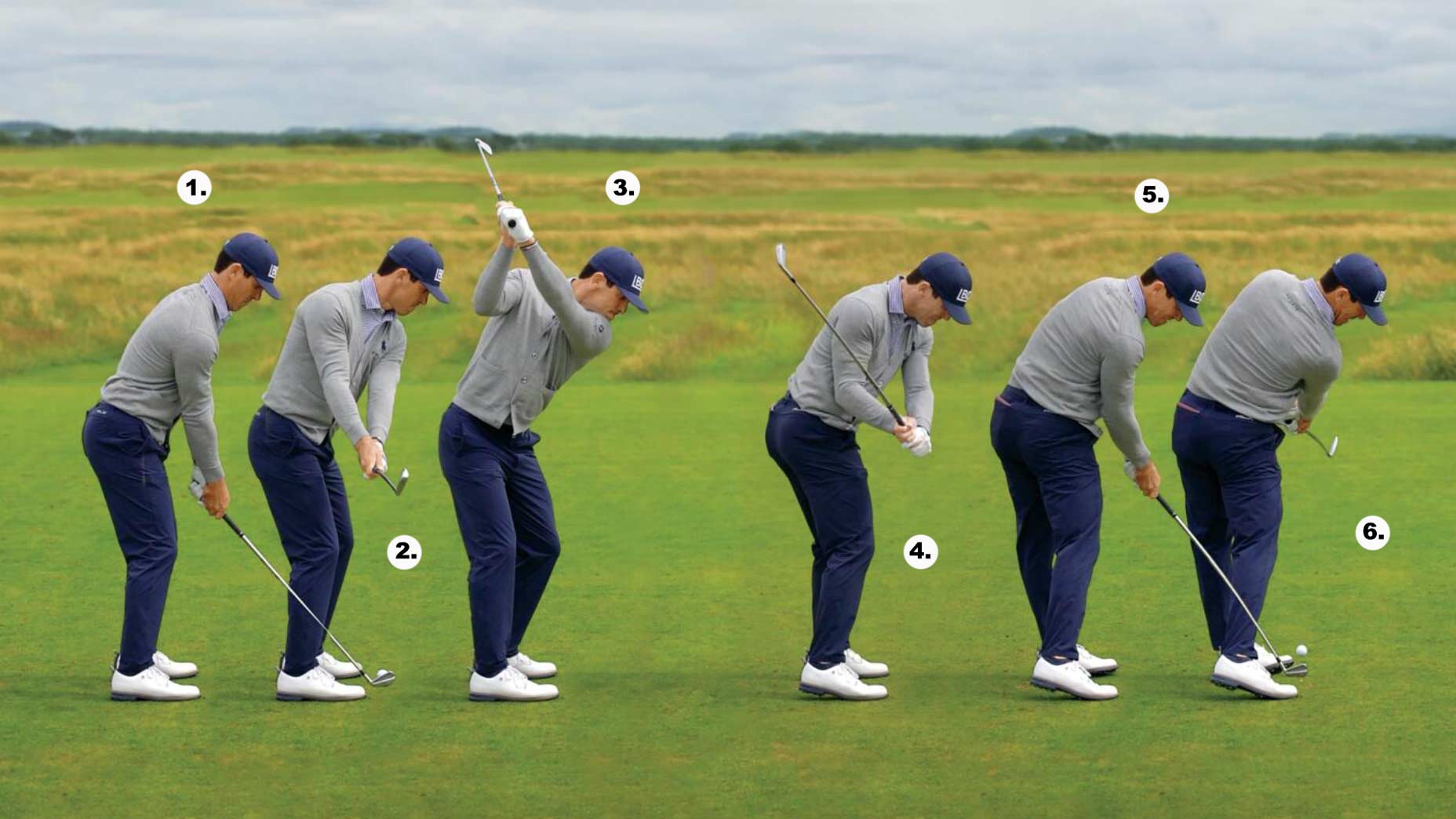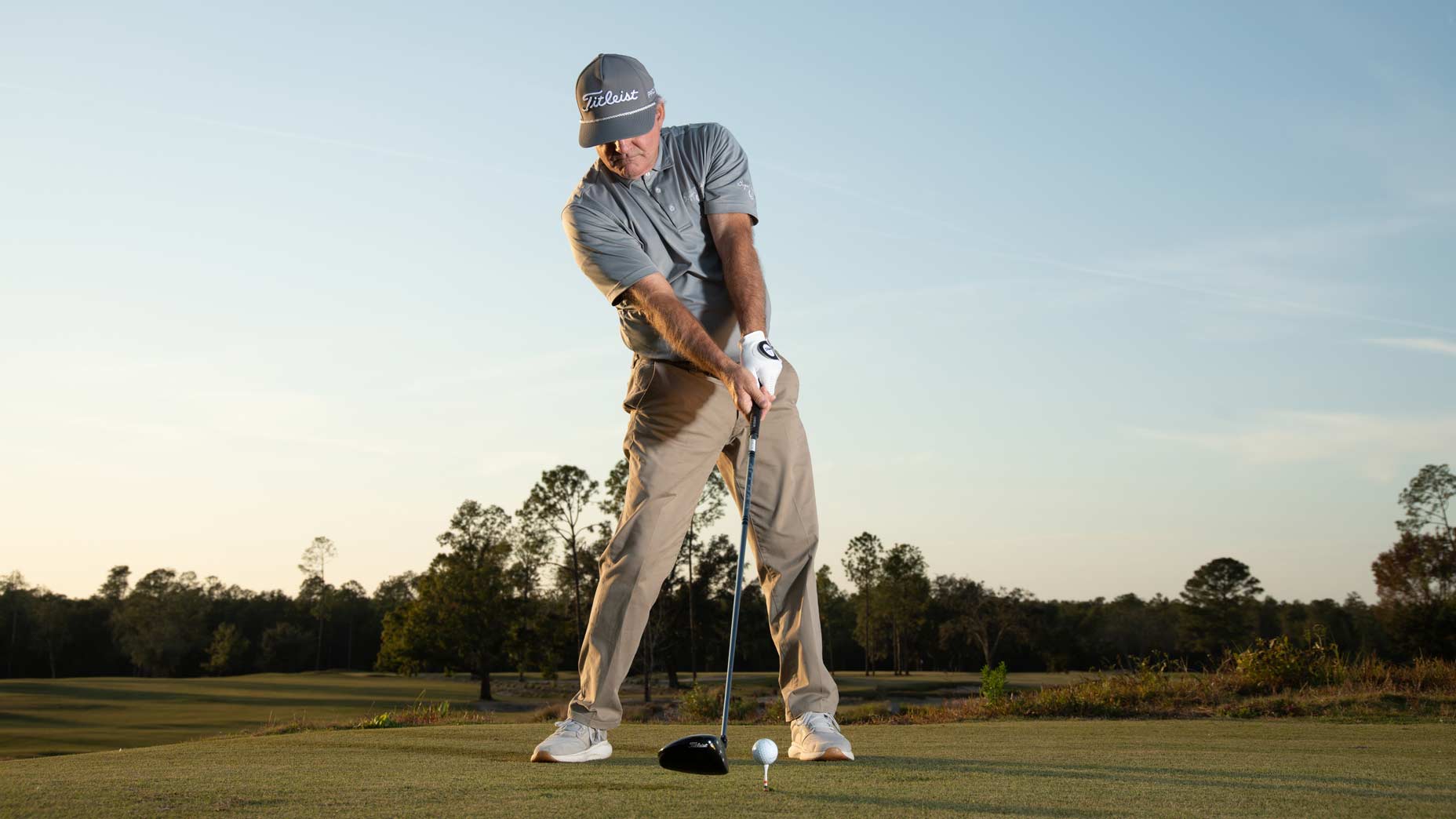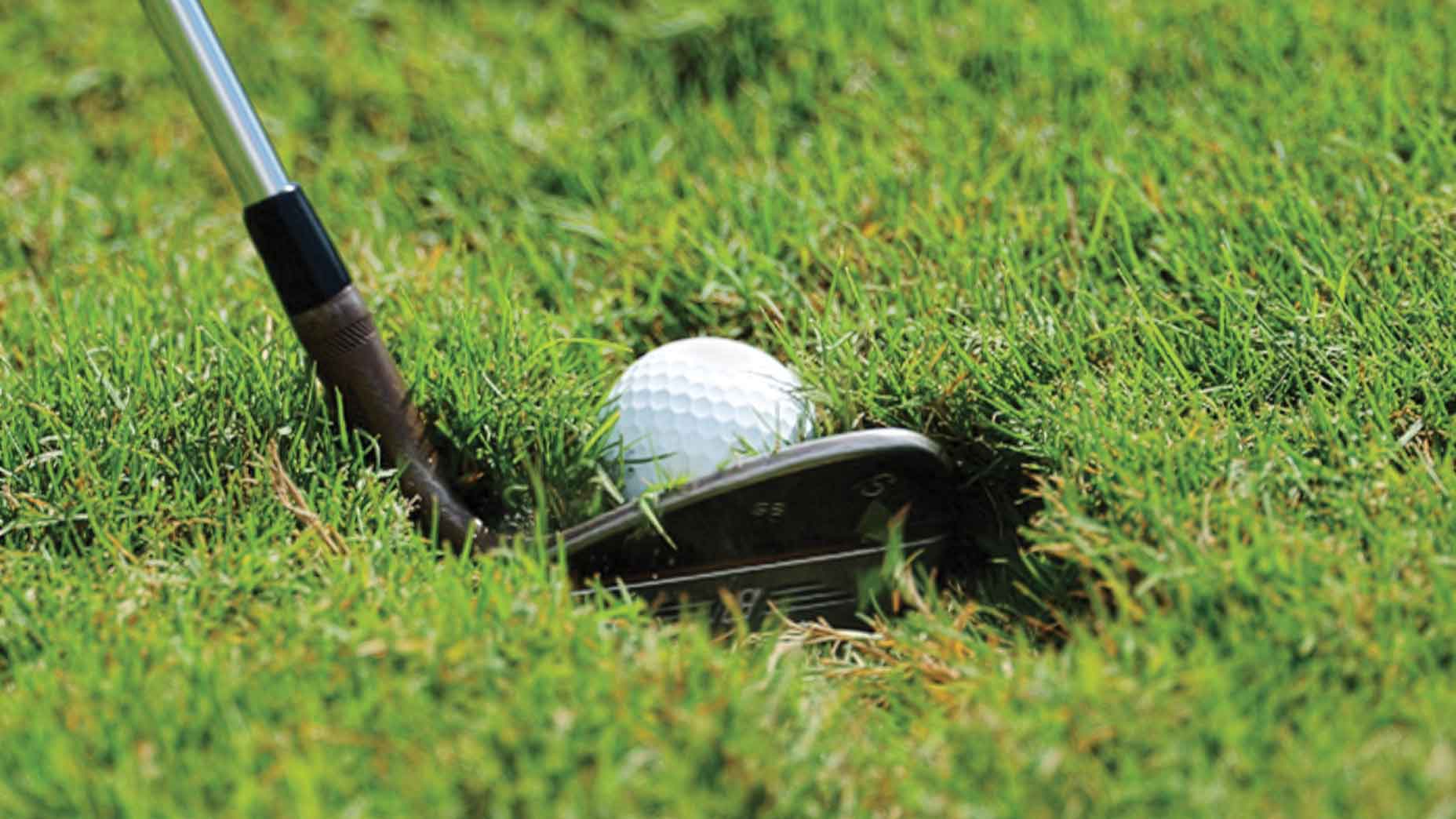Welcome to Play Smart, a regular GOLF.com game-improvement column that will help you play smarter, better golf.
When it comes to general golf practice, most players typically head to the driving range and hit a bucket of balls with each of their clubs. Some people focus more on their driver than their wedges, or vice versa, but the point is, the range is best for helping get the feel of the swing down.
This gadget makes it easier to record your swing during practiceBy: Emily Haas
Now imagine elevating your practice, where you really focus on the parts of your game that need the most work.
In today’s Play Smart lesson, GOLF Top 100 Teacher Michael Hunt gives a fun golf practice concept that is meant to do just that. So instead of only working on your driver — which may not actually be the reason for your higher scores — you zero in on things like your approach shots, chipping or putting.
How it works
As mentioned, this golf practice concept is a great way to discover the specific areas of your game that need the most work. Hunt suggests trying it for at least three rounds, with more rounds serving as a better determinant.
Essentially, plan on playing a round of golf as you normally would — but with a twist.
For instance, let’s say you’re trying to isolate your short game and putting. Instead of driving the golf ball and hitting your irons, head right up to the green instead. Imagine you’ve already hit the perfect drive and a solid approach shot, and now you’re just off the green. How many chips and putts does it take you to finish the hole?
As Hunt says, “Your job is to pitch, chip and lag inside six feet. If you see your scores drop three-five shots, you know that you have to improve in this area. Making more putts inside six feet can drastically lower your scores. Even picking up one or two shots a round is significant.”
What about practicing for distance?
Everyone wants to hit the ball farther, but having more distance off the tee doesn’t always translate into better scores. Hunt suggests trying his golf practice idea out with your driver.
“Play a course 800-1,000 yards shorter. If you usually play around 6,500 yards, play a 5,500-yard course. Your job is to play aggressively, and you may be able to drive some greens. You should have lots of short irons or scoring clubs in your hands. If you finish your three rounds and are scoring much lower than your regular tees, you would benefit from improving your distance. If you didn’t score any better, than distance is not your issue. You need to improve your short game and scoring clubs instead.”
Now try for improved accuracy
Having an accurate shot off the tee can make or break an entire hole. The better position you’re in after your first shot, the higher chance you have at scoring low; we all know that.
Why this 1 mistake could be hurting your distance *and* accuracyBy: Luke Kerr-Dineen
If you often find yourself playing from the trees, bunkers, hitting into water or out of bounds, you are struggling from the start. To improve your accuracy, Hunt says ignore hitting a tee shot, and just drop the ball in the middle of the fairway at your normal length.
“If you hit it 250 yards, drop your ball 250 yards off the tee and play in from there. If you see a big drop in your scores, you know that driving accuracy is important, and you should put your focus on driving the ball better. If you don’t see a drop in your scores, you need to work on your full swing, which will help you hit more greens and improve your short game.”
By using the golf practice concept Hunt describes, you can zero in on the parts of your game that need the most work. This is a more efficient approach to practice when compared to the driving range, and provides a real-life situation from the golf course.

